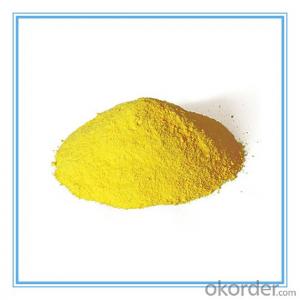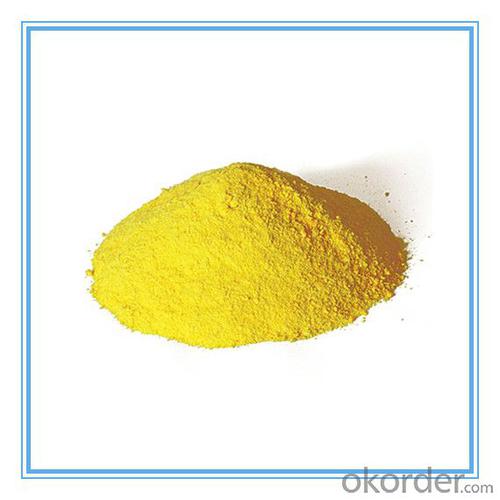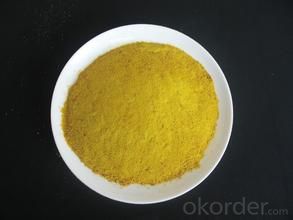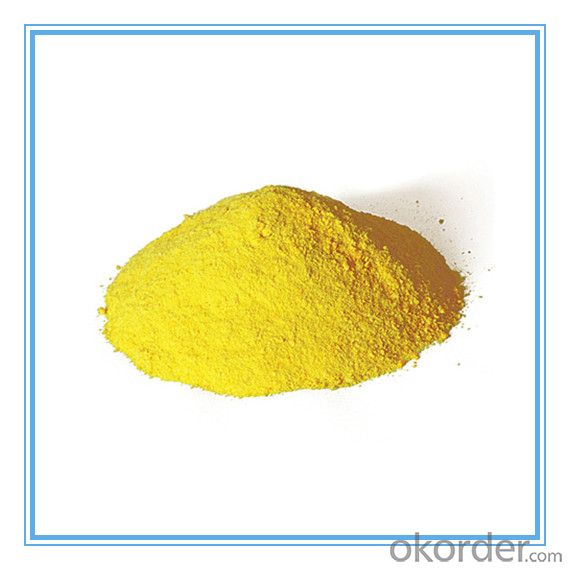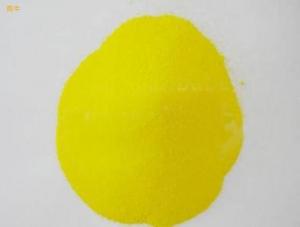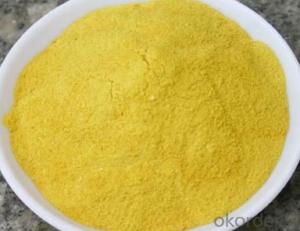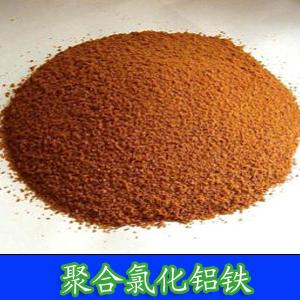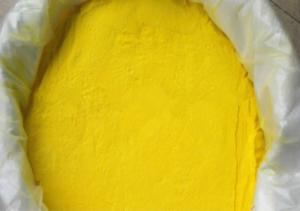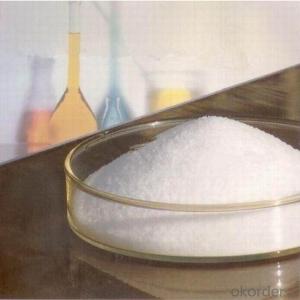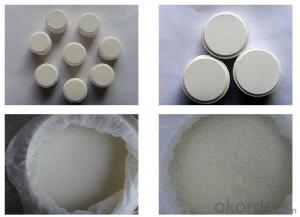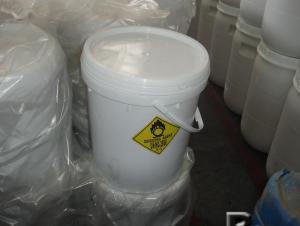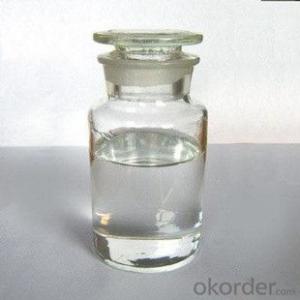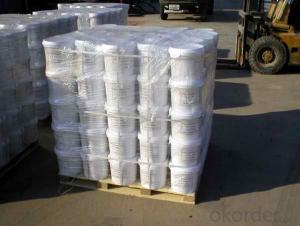Description:
PAC( Polyaluminium Chloride) is high efficient, cheap and nontoxic inorganic high molecular compound.
The solid is yellow powder. It is easily soluble in water. In the hydrolytic process, it is accompanied with the chemical
processes such as electrochemisty, coagulation, absorption and precipitation. The product has the features including wide applicable range of pH value, large granule and quick speed in sedimentation. It is widely applied for treating the
drinking water, industrial water and daily sewage etc, , ,
Specifications
1.PAC for water treatment2good activenese, good fiterability.
3. treated water salinity.
4. remove heavy metals and radioa
Application:
Polyaluminium Chloride PAC is mainly used as the flocculating agent for the treatment of drinking water and industrial waste
water(such as oil waste water, printing and dyeing water and pulping waste water), and it is also applied in the treatment of
high toxicity heavy metal and F-containing waste water; Morever, it is also widely applied in precise casting, paper-making,
tanning and other industries.
For Drinking water treatment:
Quality Standard: | GB/15892-2009 |
Al2O3: | 29%~30%MIN |
Basicity: | 60~90 |
Appearance: | Light yellow powder |
PH: | 3.5~5.0 |
Water insoluble matter: | ≤ 0.6 |
Cadmium(Cd) | ≤ 0.0002 |
Lead(Pb): | ≤ 0.001 |
Arsenic(As): | ≤ 0.0002 |
Chromium(Cr): | ≤ 0.0005 |
Mercury(Hg): | ≤ 0.00001 |
For Industrial wastewater treatment:
Quality Standard: | GB/T22627-2008 |
Al2O3: | 28%~30%MIN |
Basicity: | 30~95 |
PH VELUE: | 3.5~5.0 |
Water insoluble matter: | ≤ 1.5 |
Iron(Fe): | ≤ 5.0 |
Lead(Pb): | ≤ 0.006 |
Arsenic(As): | ≤ 0.0015
|
Main characteristics:
1. The flocculation body takes shape quickly, good activenese, good fiterability.
2. PAC is suitable for wide adaptability, pH value, used widly.
3. PAC treated water salinity.
4. PAC can remove heavy metals and radioactive substances in water pollution.
Packaging
25 KG per sack in a multi-layer paper valve bag with polyethylene lining, with the valve inlet heat-sealed and tucked away.
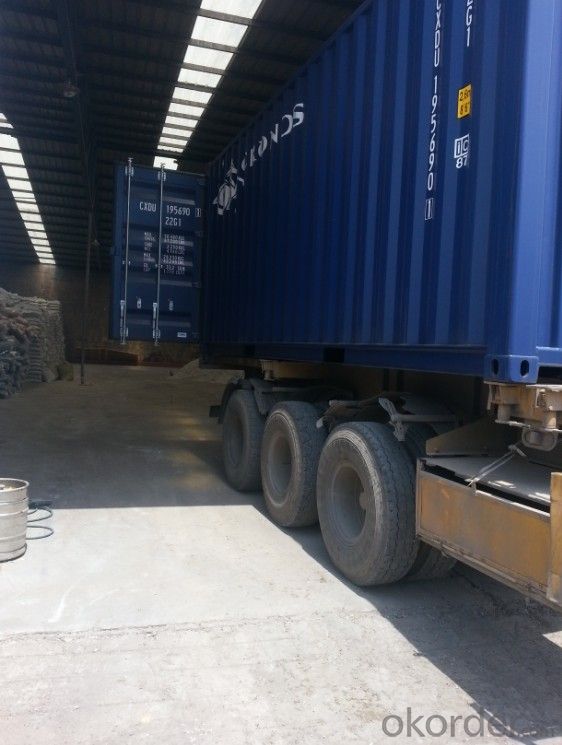
FAQ
1.Q: What is MOQ?
A: Our MOQ is 1 TON.
2.Q: Could you offer free sample?
A: We can provide free samples to you for quality testing.
3.Q: What about your packing?
A: For liquid: Flexitank, or IBC tank 1000L
For powder:Woven fabric bag with plastic film liner( 25kg or 1000kg)
Clients’ packing is workable.
4.Q: How about your productive capacity?
A: 150000 tons/Year.
5.Q: What is your delivery time?
A: Within 7 days after received deposit or L/C at sight.
